Cocoa Tree
The cocoa tree is native to the Amazon basin, where native populations used the fermented pulp to prepare alcoholic beverages, but it is not known whether they actually consumed the seeds, or cocoa drinks derived from them, such as those produced by the populations of Mesoamerica from 3000 BC.
During the 2nd millennium BC, the cocoa tree acclimatized to Central America and Mexico. The cocoa tree was domesticated, achieving the variety known as criolla, with a more delicate and less bitter flavor than the cocoa of South America.
Later, the use of cocoa spread to the Mayan (600 AD) and Aztec (1400 AD) populations.
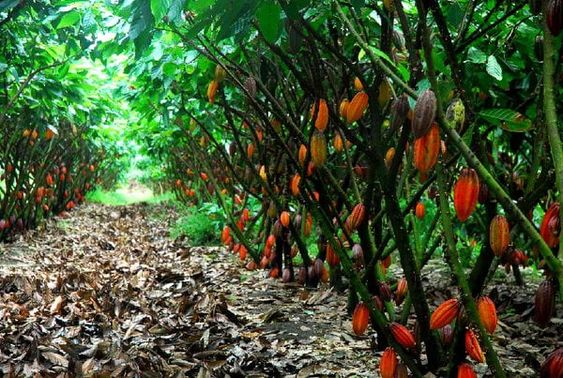
Taxonomy
Cacao is a tree of about 4 to 8 m in height and with broad leaves. It grows in tropical, hot and humid areas, at about 400 meters above sea level. It has the peculiarity that its fruits sprout directly on the stem and not on the tips of the branches.
Roots
The root has a length and shape that vary depending on the structure, texture and consistency of the soil. It grows up to two meters in deep and well-aerated soils; it is straight if the soil is of uniform structure, it grows crooked and tortuous when the soil is stony.
The secondary roots often extend to distances of five and six meters from the trunk and grow horizontally; they have lateral roots and divide repeatedly. The secondary roots often change direction suddenly forming pronounced angles, their terminal points tend to grow upwards within the humic layer.
In old cocoa plantations, a dense layer of intermixed rootlets, full of branches originating from the ends of the secondary roots, is often observed on the soil surface.
Mycorrhizae
Closely related to and associated with the very fine root system mentioned above are certain fungi that form mycorrhizae.
The role of this symbiosis between a fungus with such a simple morphology and cocoa is not clear, but in any case it seems to be an important factor in the mineral nutrition of the tree: it facilitates the absorption of mineral substances from the organic matter of the soil more quickly than when such an association does not exist; the mycorrhiza benefits in turn from the secretions of the rootlets.
Trunk and Branches
The branches of the cocoa tree, like those of other species of the Theobroma genus, are dimorphic, that is, some grow vertically upwards (stem and suckers) and others obliquely to the sides. They are brown in colour and finely hairy.
The anatomy of the stem and branches of young cacao is similar to that of the roots, both in suckers and fan branches. The secondary thickening of the stems is similar to that of the roots. The wood of the cacao tree has a defined fibrous appearance.
Leaves
The size of the leaf varies according to its location on the tree: those that are in the interior and receive less light are much larger than those on the periphery. The color of the new or very tender leaves varies with the amount of anthocyanin, which depends on the variety of cacao.
Flowers
The cacao flowers grow directly on the old wood of the main stem and the lateral branches. Its very short and twisted branches form a dense mass that as it grows, becomes wider and forms a cushion.
The base of a flower cushion is so twisted that much of the tissue that would otherwise fall off is trapped, forming a nest inhabited by insects such as ants, aphids and Pseudococcus.
A flower cushion contains between 40 to 50 flowers, of which approximately 10% develop into fruit; the others fall due to lack of fertilization.
Later, in many cases, part of the cucumbers dry out due to the inability of the tree to mature the fruit of all the fertilized flowers, due to decreased soil moisture, sudden changes in temperature, or nutrient imbalances in the soil.
Fruits
The fruit of the cocoa tree is a berry, which is colloquially called a cocoa pod. Its size, shape and color depend on the variety; it measures between 10 to 35 centimeters, and weighs between 200 to 1,000 grams or more. The shape varies from oval to very elongated; some pods have prominent tips and others are flat; some have a broad base and others a narrow one.
When young, pods are red or green in color. Green pods turn yellow when ripe, and the leaves are reddish orange. The surface of the pod is divided by five meridian grooves and five shallower intermediate grooves; some types have a rougher surface than others.
The fruit is attached to the tree by a strong, developed woody peduncle.
The pericarp is consistently fleshy and thick (five to 15 m or more).
The cocoa beans are surrounded by a creamy white pulp, very juicy and sugary, arranged in five lines or grooves containing between 20 and 64 beans.
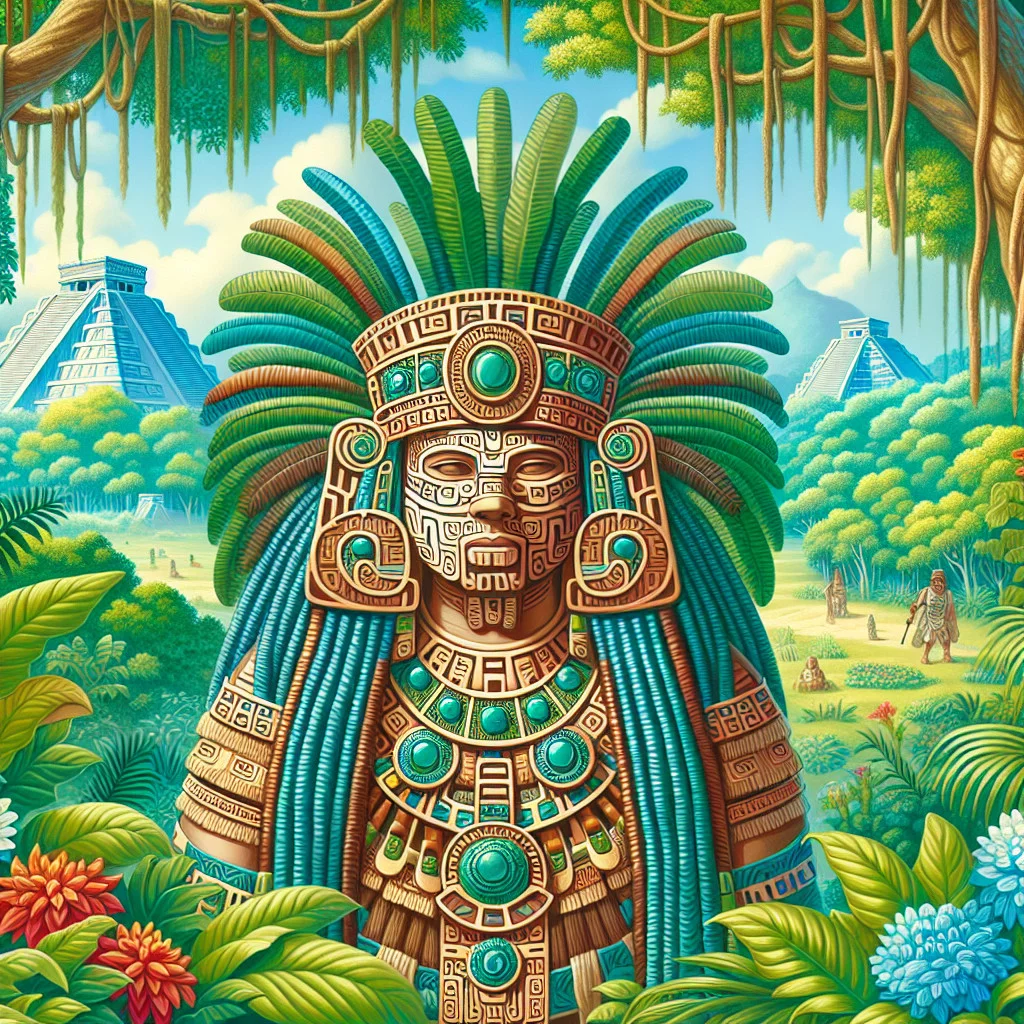
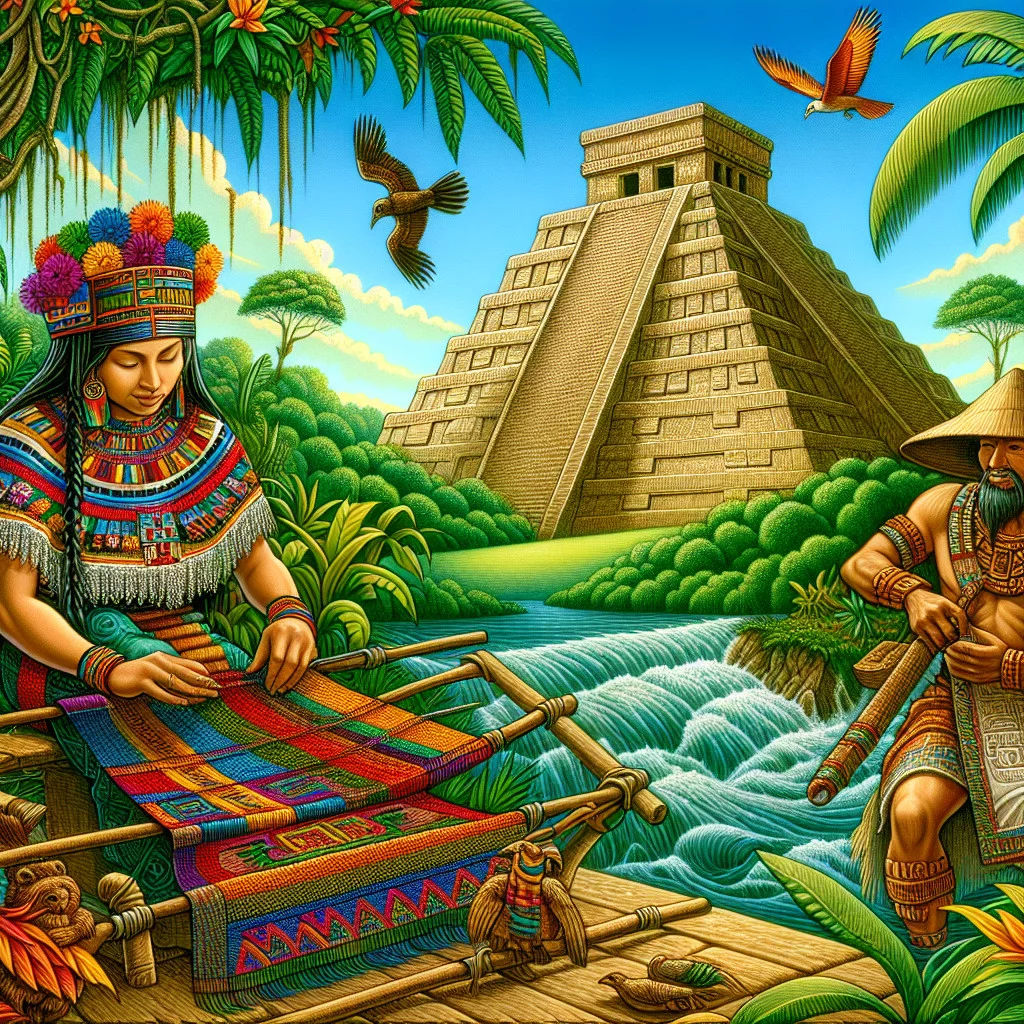
Habitat
It is found in the lowest tree strata of the American tropical forests, it requires shade and climatic conditions with minimal fluctuations. It prefers deep and fertile soils, since it has a long and strong main root.
The cacao tree needs very specific conditions to grow. It only grows in tropical areas with a temperature above 18 ºC and an altitude below 1,250 meters; it also requires shaded areas.
The cacao beans
The seeds or almonds are diverse in size and shape according to the variety and even with their position within the pod, since those at the ends are smaller, flattened and deformed.
Its fruits take between four and six months to mature, and, after collecting them, they must be opened by hand to remove the cacao seeds. It is collected by beating the top of the tree with a long stick to get the fruits to fall to the ground.
Most of the seed contains fat, alkaloids, tannins and other compounds that when fermented give rise to the flavor and aroma of chocolate, and it is the part responsible for providing food to the plant for several days after the seed germinates.
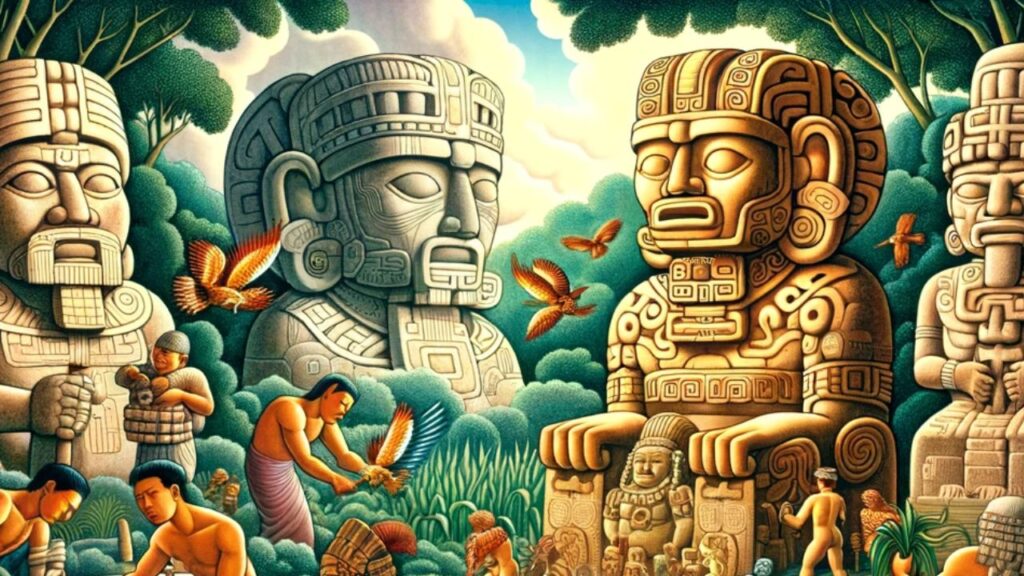
Varieties
Theobroma belongs to the Malvaceae family, subfamily Sterculioideae and comprises 22 species, which grow in tropical rainforests.
The cacao tree is native to the upper Amazon territory, including Peru, and domesticated in Mesoamerica.
It is classified into three genetic groups: Criollo, Forastero and Trinitario. The Forastero group encompasses high genetic variability, while Criollo is genetically more defined. The Trinitario group comprises hybrids between the first two groups.
A recent study based on molecular data classifies the known forms into 10 main clusters or groups.
Criollo:
Criollo cacao was domesticated by the Mayans more than three thousand years ago. Until the middle of the 18th century, it was the most cultivated cacao. Criollo cacao trees are thin, the fruits have a thin reddish covering. It has a lower yield and is more prone to pests.
Forastero:
Forastero cocoa is native to the upper Amazon basin. Its fruit is green, with a thick covering and rounded, slightly flattened seeds.
Trinitario:
Trinitario cocoa is a hybrid between Criollo and Forastero cocoa, which have emerged in cocoa-growing areas since the mid-18th century. The plants are very robust, with green or pigmented fruits and violet seeds.
Post-harvest:
Harvest and post-harvest processes are carried out in a very controlled manner. The aroma and polyphenols of cocoa depend largely on fermentation, drying and roasting.
Fermentation plays a fundamental role in the formation of the cocoa aroma. In this process, yeasts and bacteria break down the fleshy part of the fruit around the seeds and transform the sugars into alcohol. In the first two days of fermentation, the temperature of the beans reaches 40 to 45 °C.
Drying takes place in the sun on wooden surfaces, drying trays or cement floors. When the beans crack when pressed with your fingers, they are completely dry.
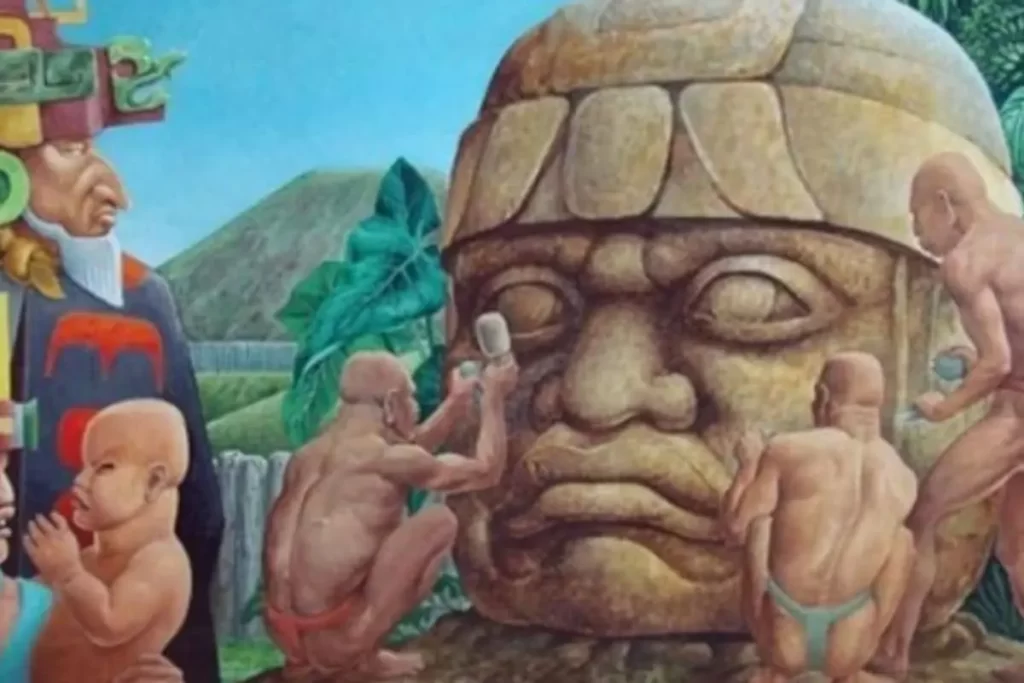
Active principles of Cocoa
The scientific name of the cocoa tree is «Theobroma Cacao». It comes etymologically from the Greek, Theo: God and Broma: food. Theobromine is the main active principle of cocoa, responsible for its properties associated with the gods.
Theobromine (3,7-dihydro-3,7-dimethyl-1H-purine-2,6-dione) is found in the products of cocoa trees, their seeds and shells, and belongs to the class of methylxanthine molecules, which also include caffeine.
The second important methylxanthine due to its content is caffeine, its content being higher in the Criollo variety compared to the Forastero and Trinitario varieties.
Criollo cocoas are less bitter due to the higher caffeine content and lower theobromine content, which is up to eleven times more bitter than caffeine.
The theobromine to caffeine ratio in cocoa can be an indication of the quality of the cocoa, as Forastero cocoa has values greater than 4, and can exceed 10, while Criollo cocoas must be below 4.
A cup of cocoa contains an average of 100 mg of theobromine and 10 mg of caffeine, both responsible for its mild euphoric and stimulating effect.
Anandamide
Anandamide is one of the body’s natural forms of cannabinoids, and is found naturally in cocoa. It is often called the “happiness neurotransmitter” and is very similar to THC, as it induces feelings of relaxation, happiness and well-being.
Phenylethylamine (FEA)
Phenylethylamine, a molecule with characteristics similar to amphetamine, produces a feeling of well-being and euphoria, and is released in the brain when we fall in love. Phenylethylamine is found in cocoa. It increases feelings of love, empathy and compassion. It is also the basis of many psychedelic substances, such as mescaline (3,4,5-trimethoxyphenylethylamine.)
When significant amounts of phenylethylamine are released, the brain provides dopamine, norepinephrine and oxytocin, neurotransmitters that cause pleasure and well-being.
Endorphins
Cocoa naturally stimulates the release of endorphins (endogenous opioids known as the happiness hormones), providing an almost immediate feeling of well-being.
Flavonols
Pure cocoa has a high content of flavanols.
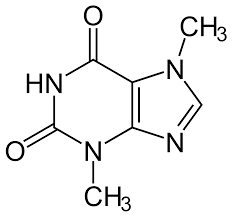
Theobromine
Theobromine has diuretic properties, is a central nervous system stimulant, vasodilator and muscle relaxant. It has a structure similar to caffeine, longer action and a milder stimulant effect.
Theobromine isolated from cocoa beans is colorless to white and very bitter.
Theobromine is highly toxic to some domestic animals, including dogs and cats. A slight dose in animals can cause cardiac arrhythmias and, with a high rate of convulsions, even death.
Effects
The properties of theobromine last in the body for 6 hours at maximum effectiveness and can last up to 10 hours after taking a dose. From this moment on, its effects are reduced to 50%.
Elimination of fatigue
Activation of metabolism
Elimination of sleep
Increase in physical performance
Improves blood circulation.
In addition to theobromine, chocolate contains phenylethylamine, also called the drug of true love and closely related to the feeling of pleasure. The presence of phenylethylamine in the brain is associated with the production of dopamine, which is the neurotransmitter of pleasure, oxytocin, norpyrefrine and which are found in high doses in people in love, but can also increase suddenly with a look or a simple handshake. (NYT Chemical Connections: Pathways of love. Donald F. Klein and Michael Lebowitz.)
Mechanism of action
blocking the action of adenosine. Adenosine comes from adenosine triphosphate and is obtained after hydrolyzing its 3 phosphates. Adenosine is found everywhere in our body; it is considered a hormone outside the nervous system and, in the central nervous system, a neurotransmitter that contributes to decreasing neuronal activity.
The effect of methylxanthines would be to block this sedative effect and exert a stimulating/exciting effect. This would also be the broad explanation of why coffee or tea help to combat sleep (chocolate is the exception and to date the cause is unknown).
Theobromine can improve alertness and attention in participants, especially in tasks that require prolonged concentration.
It exerts its stimulating effect on the entire nervous system, thereby increasing voluntary and reflex motility. It increases blood pressure and respiratory rate and tachycardia, producing diuresis and stimulating the release of catecholamines, specifically adrenaline. It also antagonizes the action of CNS depressants such as barbiturates and benzodiazepines.
